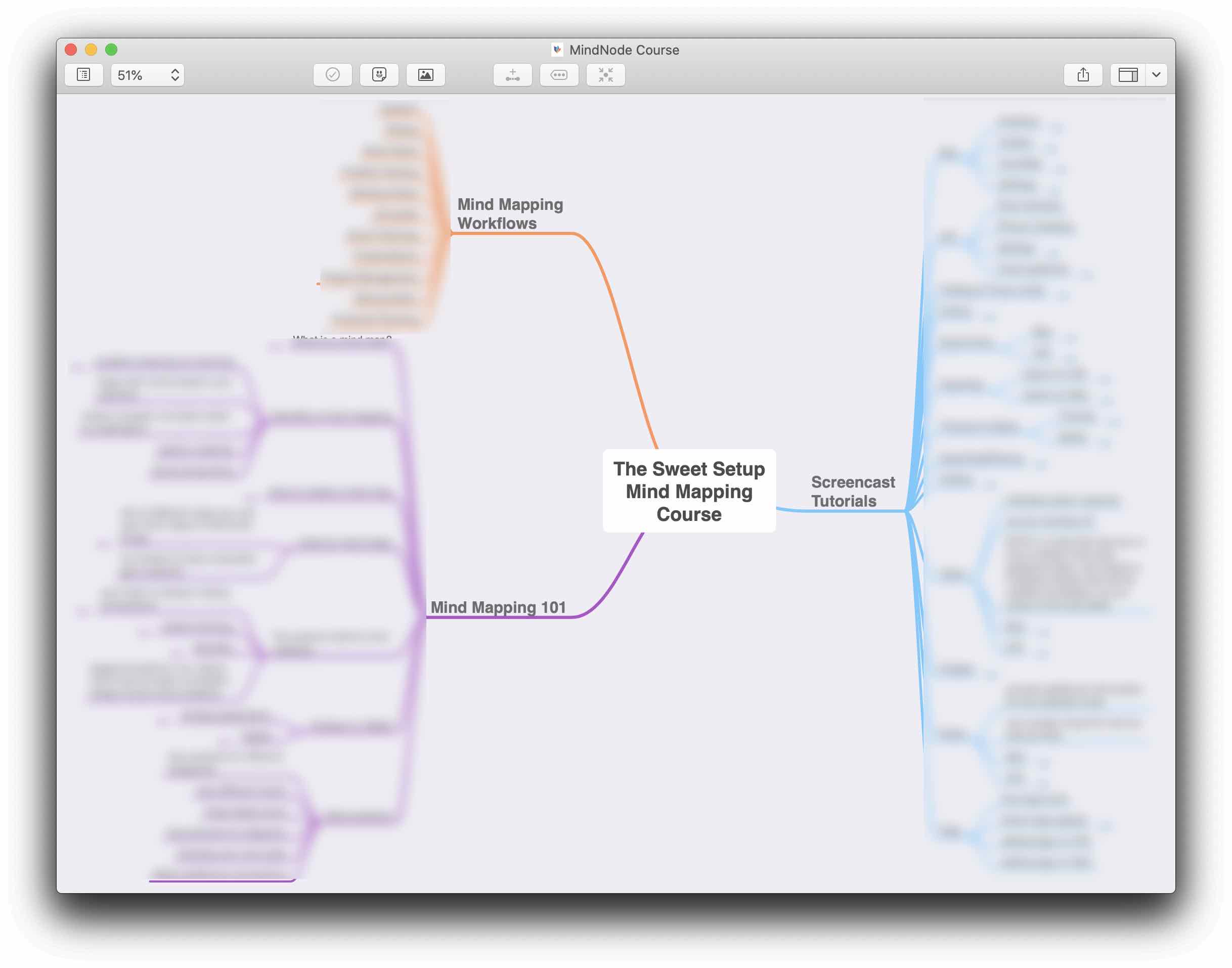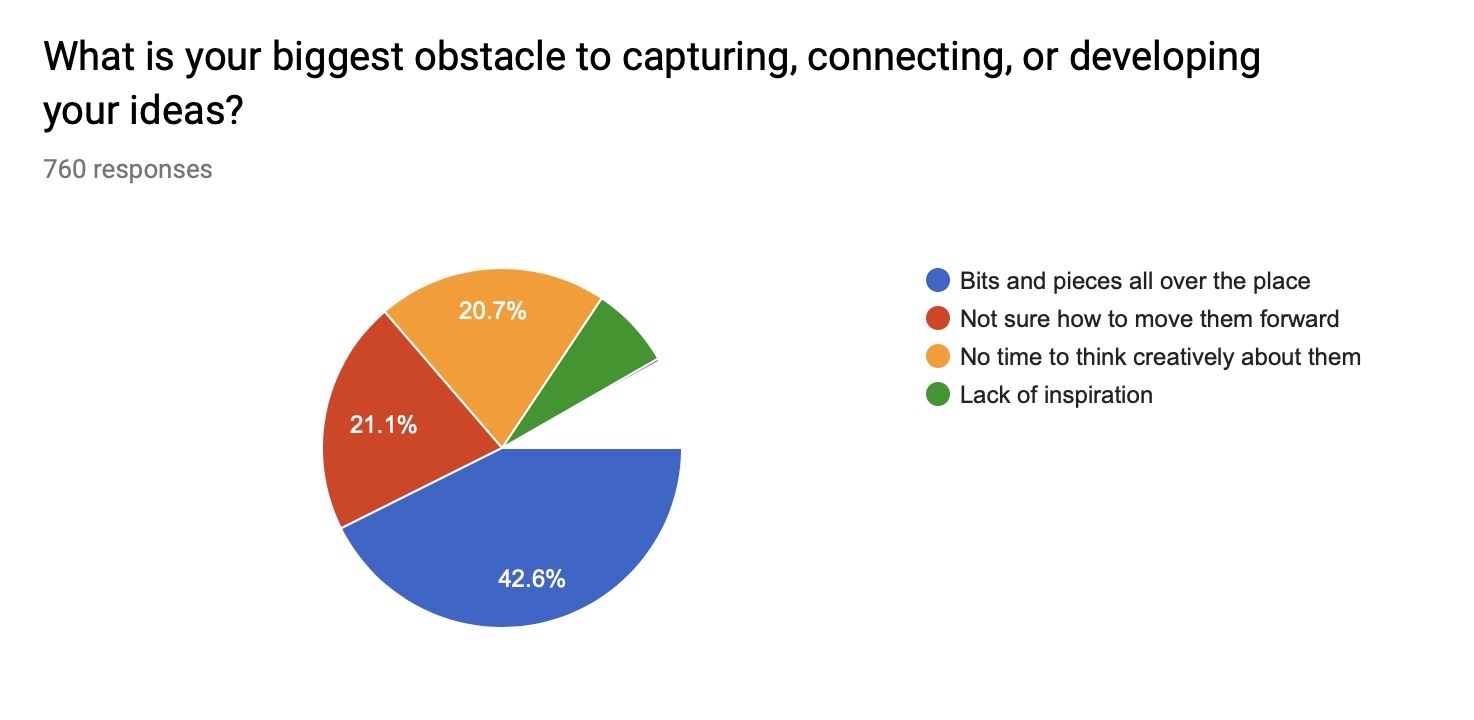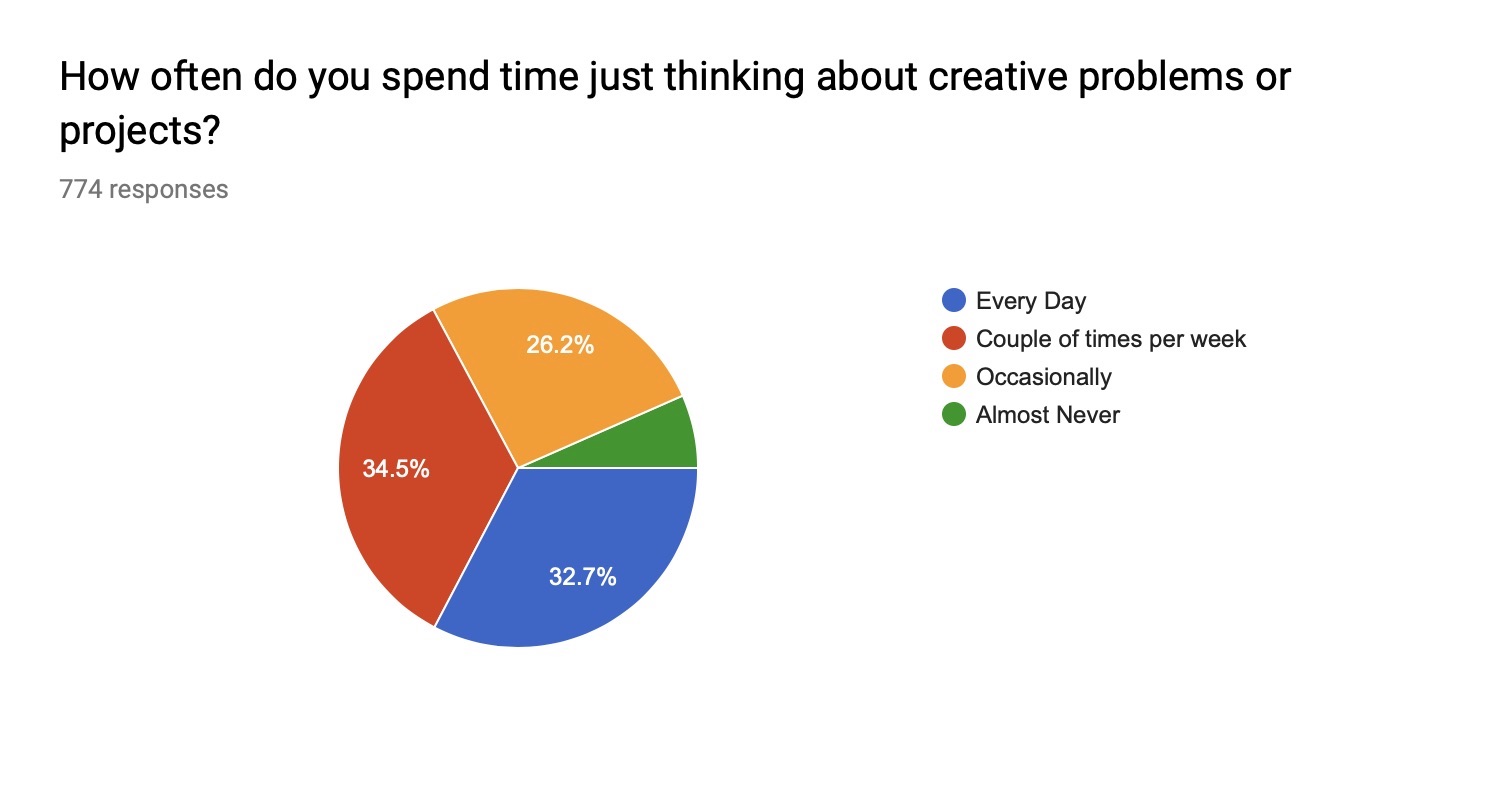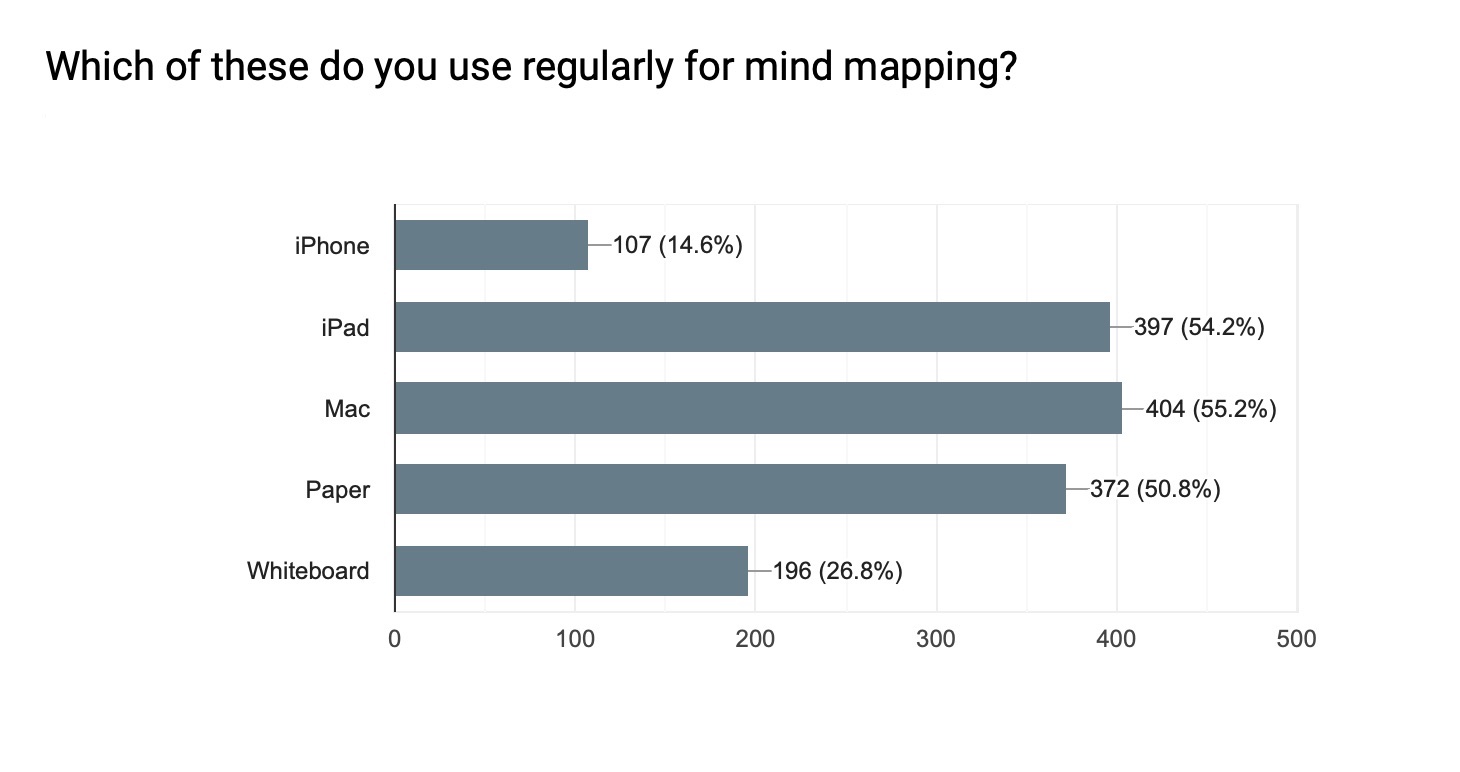Behind the Scenes with Our Upcoming Course on Mind Mapping
A while back we posted a survey about capturing, developing, and organizing ideas using mind mapping.
Since then we’ve been hard at work on a new course designed to help you capture inspiration when it strikes, and also to help you create a system for developing those ideas so you can be more creative and productive.
Here is a sneak peak of our mind map for the mind mapping course:

If you want to be notified when it’s ready and take advantage of the launch week pricing, drop your info below. We’ve also got a few other bonuses we’ll be sharing ahead of launch.
Why a course on mind mapping?
Mind mapping is a great tool for helping you more fully develop your ideas. As someone who creates for a living, I find it an invaluable part of my writing workflow. I find it extremely helpful to start developing an idea I want to write about as a mind map. When I do this first, I find the article almost writes itself. Any post I write of substantial length probably started off as a mind map.
Mind maps are useful in many scenarios, not just when writing. There are lots of other ways to use mind maps, including:
- Meeting notes
- Problem solving
- Taking notes from books that you read
- Memorization
- Event planning
- Presentations
- Project management
- and much, much more!
The common thread is that all of these start with an idea. Where many of us struggle is in weeding out the bad ideas and developing the good. And that’s where mind mapping can really help – in developing your ideas to their full potential.
We knew this topic of idea management was something our audience cared about (our pick of MindNode as the best mind mapping app has always been one of our more popular posts). But it wasn’t until we sent the survey that we started to see the real challenges our readers were facing when it came to mind mapping their ideas. We received hundreds of responses (thank you if you were one of them!) and our team read through them ALL. Here’s a small sampling of the responses we received:
“Ideas flow faster than I can capture them.”
“Nothing more frustrating than having a great thought and losing it.”
“Brainstorming isn’t hard, ideas come from everywhere. It’s the organizing and keeping everything straight during an iterative process.”
“My biggest challenge is to get my thoughts organized.”
“Processing the ideas and shaping the raw material into something more usable and actionable is hard.”
These responses gave us something multiple choice questions never could – a glimpse of what was actually causing people frustration in their mind mapping process. From combing through all the feedback, we noticed there were a couple of themes that kept popping up:
- Getting started (finding the time to think creatively)
- Capturing ideas so they didn’t fall through the cracks
- Developing ideas after they were captured
- Keeping ideas organized (being able to locate information later)
Sorting through the responses and putting them into categories helped us more fully understand what was causing friction in the mind mapping process for people.
Survey Results
The survey data helps us find some interesting trends. For example, here are the results from the first (and most important) question in the survey about the biggest obstacles in the idea development process.

This chart doesn’t look quite right because there were literally hundreds of different responses that are impossible to display visually. But the biggest obstacle by a large margin is having bits and pieces all over the place at 42.6%. Next on the list was being not sure of how to move them forward once they’re captured at 21.1%, followed by no time to think creatively about them at 20.7% and lack of inspiration at 7.4%.
A couple things we noticed:
- There has to be a system in place to manage the pieces effectively so ideas don’t fall through the cracks
- The system, once established, can provide direction for next steps once ideas are captured
- Creating the space for making time to think is essential for helping the system work
Because making time to think is important, the next questions we asked were related to how often our readers took time to think creatively about problems they were facing in their personal and professional lives:

Fortunately, a good portion of survey respondents (32.7%) make time to think creatively every day. Another 34.5% of respondents make time to think creatively a couple of times per week, and 26.2% make time occasionally. Only 6.5% almost never take time to think.
This data is encouraging, because it shows that the majority of people we surveyed understood the value of thinking time and created the space for it to happen at least occasionally. But there are still many who struggle with finding time in their schedule to think, and even the ones who do it more regularly could benefit from a few adjustments that would make it even more consistent and productive.
Another interesting tidbit from the survey was where people tend to mind map when they do their thinking time.

It wasn’t a shock that a large portion of respondents (54.2%) used the iPad when mind mapping (with the touch interface and large screen it’s the perfect platform for mind mapping in our opinion), but we were a little surprised to see the Mac as the most popular mind mapping tool at 55.2%. It was also interesting to see so many people use paper (50.8) and whiteboard (26.8%) in their idea development process.
What’s Next?
If you want to take your idea management to the next level, be sure to sign up for our updates as we get closer to launching the course.
In addition to being the first to know when the course is available, you’ll also be receiving:
- My personal system for capturing and developing ideas that has completely eliminated writer’s block
- The mind mapping process I personally use to develop ideas and make writing effortless
- A behind the scenes look at how we developed the course (including the full mind map we used when creating it)
- Access to the “Why Mind Mapping Works” lesson from the course, which will teach you how to leverage the power of radiant thinking in developing your own ideas
- A screencast video that will show you how to take advantage of some of our favorite focus tools in MindNode, our pick for the best mind mapping app
